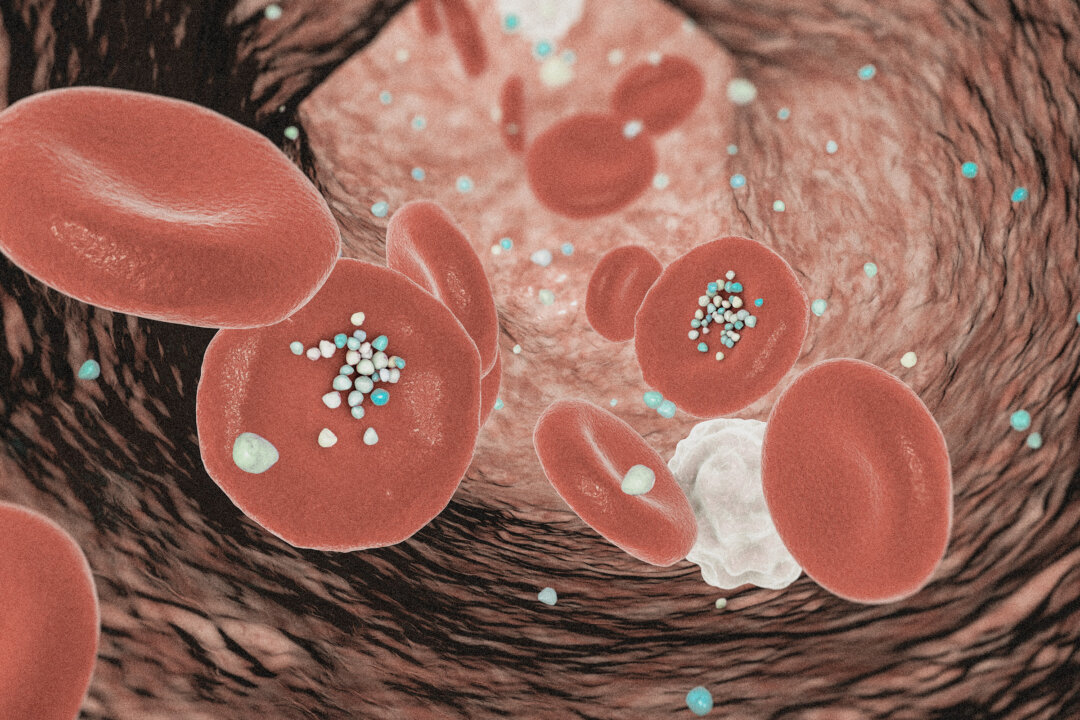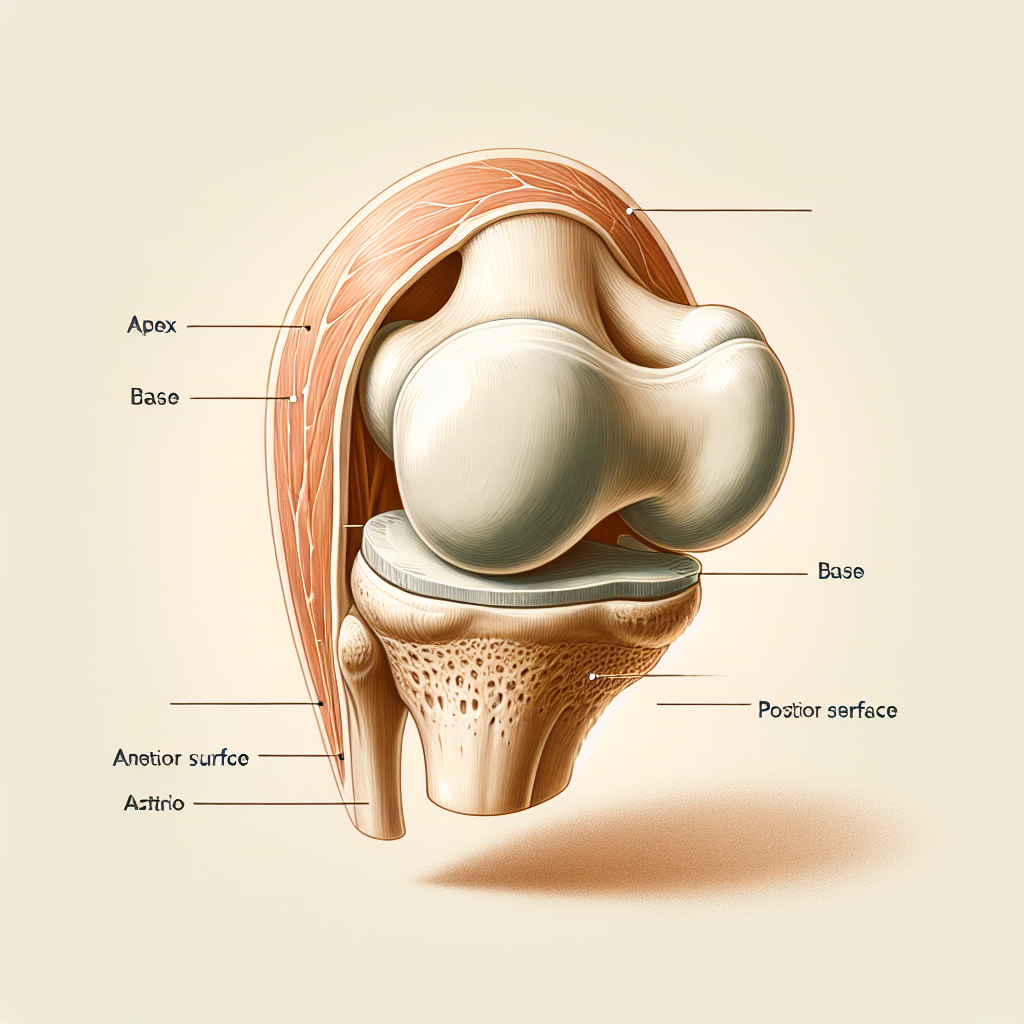Tiny plastic particles are showing up in human arteries, with 50 times higher levels in those with blockages, potentially adding plastic pollution to the list of threats to cardiovascular health, according to a new study. While micronanoplastics are tiny at less than 5 millimeters, nanoplastics are microscopic—less than 1,000 nanometers—so small they can make their way into human tissues. Researchers found that carotid arteries with plaque contained at least 50 times more micronanoplastics compared to arteries that were healthy and free of plaque buildup.
Forty-eight samples of carotid arteries—major blood vessels on each side of the neck that supply oxygenated blood to the brain—were analyzed from adults aged 60 to 90 at the University of New Mexico between 2023 and 2024. Roughly one-third of the samples were obtained from people who underwent surgery to remove plaque from their carotid arteries due to symptoms such as stroke, mini-stroke, or temporary vision loss. Another third came from people with plaque buildup but did not exhibit any symptoms.

The final third were sourced from tissue donors who had died from any causes and without carotid artery blockages. In participants with plaque but without symptoms of carotid blockage, the concentration of micronanoplastics in the plaque was 16 times higher compared to healthy artery walls from deceased tissue donors of similar age. Participants who had experienced a stroke, mini-stroke, or temporary loss of vision due to blocked blood flow showed levels of micronanoplastics that were 51 times higher compared with healthy arteries.
Healthy blood vessels have mechanisms to clear waste products and foreign materials. The researchers did not specify what gene activity differences were observed between immune cells in high-plastic versus low-plastic plaques. “These findings indicate that the biological effects of micronanoplastics on fatty deposits are more complex and nuanced than simply causing sudden inflammation,” Clark said in the statement.
The lack of a direct link between the number of micronanoplastics and sudden inflammation suggests “there may be other contributing factors that we do not yet understand from a medical standpoint,” Dr. Jossef Amirian, board-certified cardiologist with Manhattan Cardiology in New York and a contributor to Labfinder.com, told The Epoch Times.
According to researchers, the current study expands on earlier research from Italy that found people with micronanoplastics in their carotid plaque faced a higher likelihood of dying or experiencing a nonfatal heart attack or stroke over nearly three years of follow-up. “This is a very interesting and troubling study. To date, we have not considered exposure to plastic micronanoparticles a modifiable risk factor for stroke,” said Dr.
Karen L. Furie, a neurologist who wasn’t involved in the research but underscored the importance of the research in a video interview accompanying the press release. However, Clark advised caution when interpreting the results.
“It’s very important to study what these materials do to our bodies. However, we should be cautious about the early results of this study,” he stated. “We won’t fully understand the biological effects for many years to come.
” Researchers noted key limitations of their study. They can’t prove that the plastic particles actually cause artery disease, as the particles might just be a sign of other health problems. They also mentioned difficulty measuring the plastics accurately because fats in the samples can look similar to plastic during testing.
In scientific circles, it is often acknowledged that associations are not necessarily causal, meaning that just because something was found does not mean its presence caused a particular problem, Alex LeBeau, a toxicologist and certified industrial hygienist, told The Epoch Times. As these plastics break down into tiny particles, they make their way into waterways, soil, and even the air we breathe. “As a result, micro and nanoplastics are turning up in table salt, rainwater, seafood, bottled water, household dust, and human organs, including the arteries, as shown in this study,” Dr.
Joseph Mercola, board-certified family medicine physician, told The Epoch Times. He said that entirely avoiding exposure to these plastic particles “isn’t possible at this point,” but there are ways to cut your exposure significantly. Avoid heating food in plastic containers Use glass or stainless steel instead of plastic water bottles Choose whole foods over heavily packaged, ultra-processed options.
Health

Microplastics Found in Plaques, 50 Times More Abundant Than in Healthy Arteries

Small-scale research discovers potential connection between microplastics and cardiovascular health.















